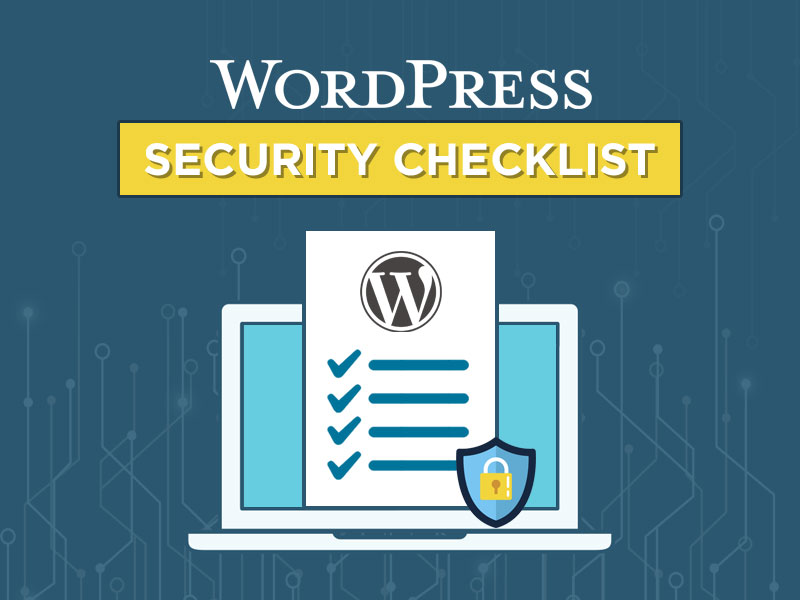Securing web applications is as important as developing the web application. With internet penetration of more than 50%, the need for web applications is only going to rise and so will the threats to its integrity. With user concerns revolving around data privacy, identity theft, phishing websites, and other cyber attacks, secure web applications become a necessity rather than an advantage.
In a security analysis, 83% of web applications had vulnerabilities associated with security misconfiguration. Web applications are extremely susceptible to data breaches over the internet which can cost companies huge amounts of money and resources. Software development companies need to take extra caution when developing security systems for their web applications. First, it is important to understand the vulnerabilities web applications face. Here are a few ways web applications can be at risk.
Common web application vulnerabilities
According to OWASP, a non-profit organization that facilitates secure web application development, the ten most common vulnerabilities in web applications are:
- Injection flaws are a vulnerability in web applications as it allows a cyberattacker to inject malicious code into any system via the application.
- Broken authentication refers to compromised authentication of an individual due to hacked credentials and is the second most common form of web application vulnerability.
- Data exposure is yet another threat to a web application’s vulnerability that needs to be kept in mind.
- Misconfiguration in the form of unpatched flaws, unused pages, lowly secured directories, and outdated code can also cost companies huge losses.
- Cross-site scripting XSS is a technique that enables hackers to access a web application via malicious links and click baits.
- Third-Party components used in the development of web applications are additional risks and can cause the applications to be more vulnerable to attacks.
Such vulnerabilities, amongst others, make a web application open to data assaults and cyber attacks. Here are a few ways developers can enhance the security of web applications and prevent these attacks.
Create an inventory of permissions and credentials
Poor configuration and inept security protocols are the first steps to data breaches, hacking, phishing, and more. Checking S3 permissions and access controls is of utmost importance to prevent cybercriminals from hacking into your data.
Follow the best Cybersecurity practices
Strong and unique passwords, multi-factor authentication, HTTPS deployments, and x-xss protection are a few practices that can help developers build secure web applications.
Take extra caution with access rights and credentials
With businesses scaling up drastically, temporary workers and freelancers are preferred over long-term employees. This leads to credentials being shared with individuals or teams outside the organization. One must revise credentials and access regularly within the organization to protect it from data espionage.
Bring in white hackers
Bringing in hackers might look like a wrong choice but it can get a fresh perspective to dealing with data breaches and security loopholes in the developed application.
Backup your data as many times as possible
Backing data might seem old school but is extremely important. Consider backing data on an offshore site other than the cloud, the application is already hosted on. Deploying fallback applications is also a good idea just in case the original application is breached.
Run background checks on members of the organization and vendors
Web applications are often dependent on other vendors for a few external features. However, it is important to run stringent background checks on these vendors as they can lead to data leaks.
Invest in strong firewalls
A web application firewall (WAF) is beneficial in deterring hackers in the long run. It is a handy tool for vetting inbound traffic, identifying organic clients, and protecting the application from phishing attempts.
The web applications best practices mentioned above, are a few of the many tips that can enhance the security quotient of applications. Developers should also try and incorporate the latest security features in the applications and should be aware of the same.
Conclusion
Secure website application development is experiencing an all-time high. With businesses investing heavily in the security of their applications, the IT industry is seeing a rise in web development companies that can implement these practices. The services provided by web app development company include designing web applications to stand the test of time and the malicious attacks of hackers.







